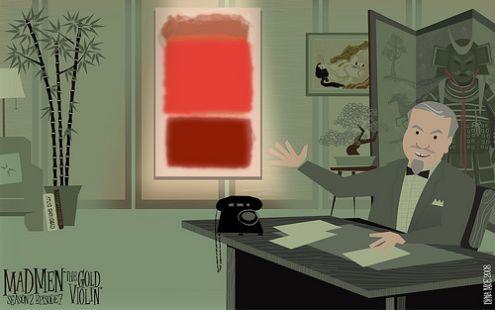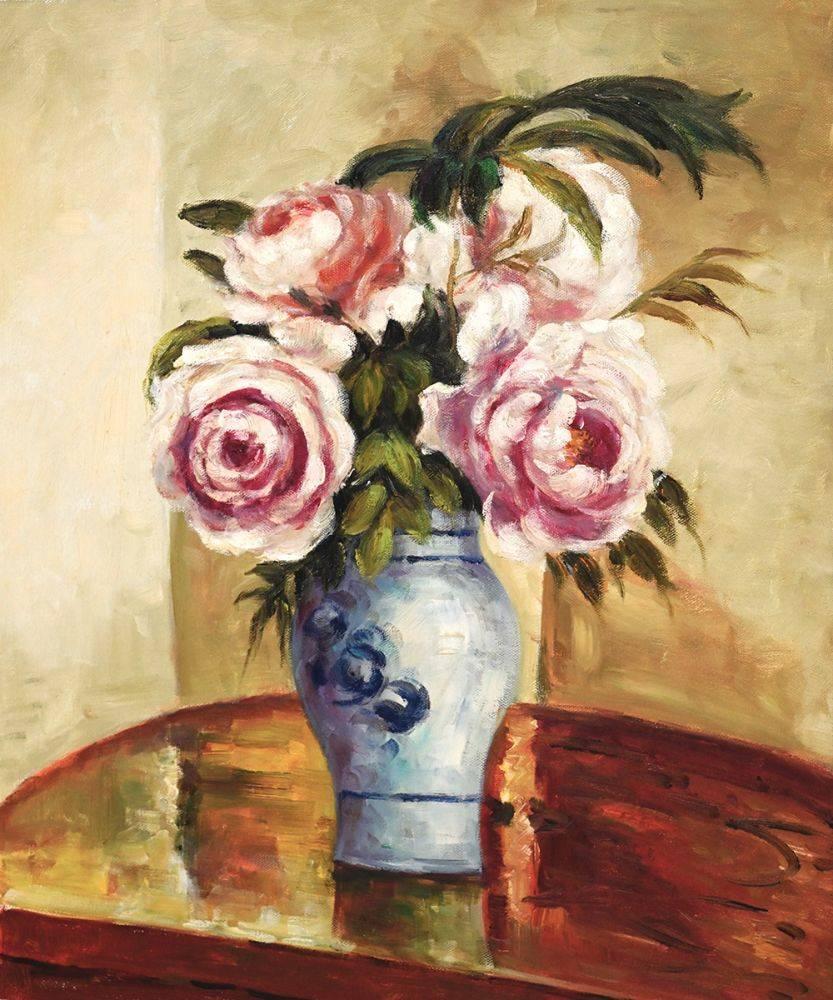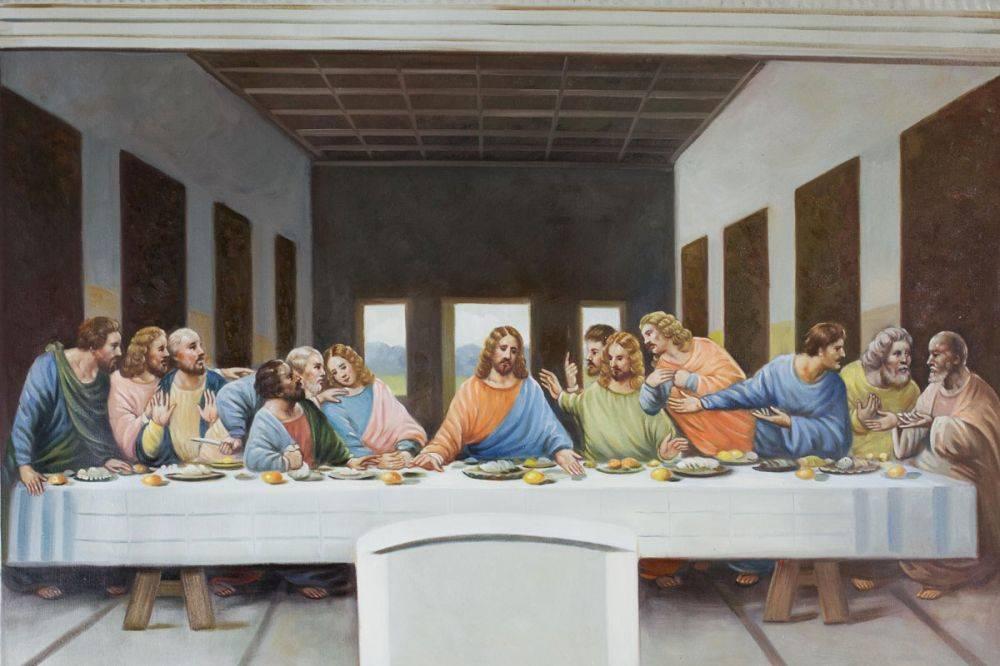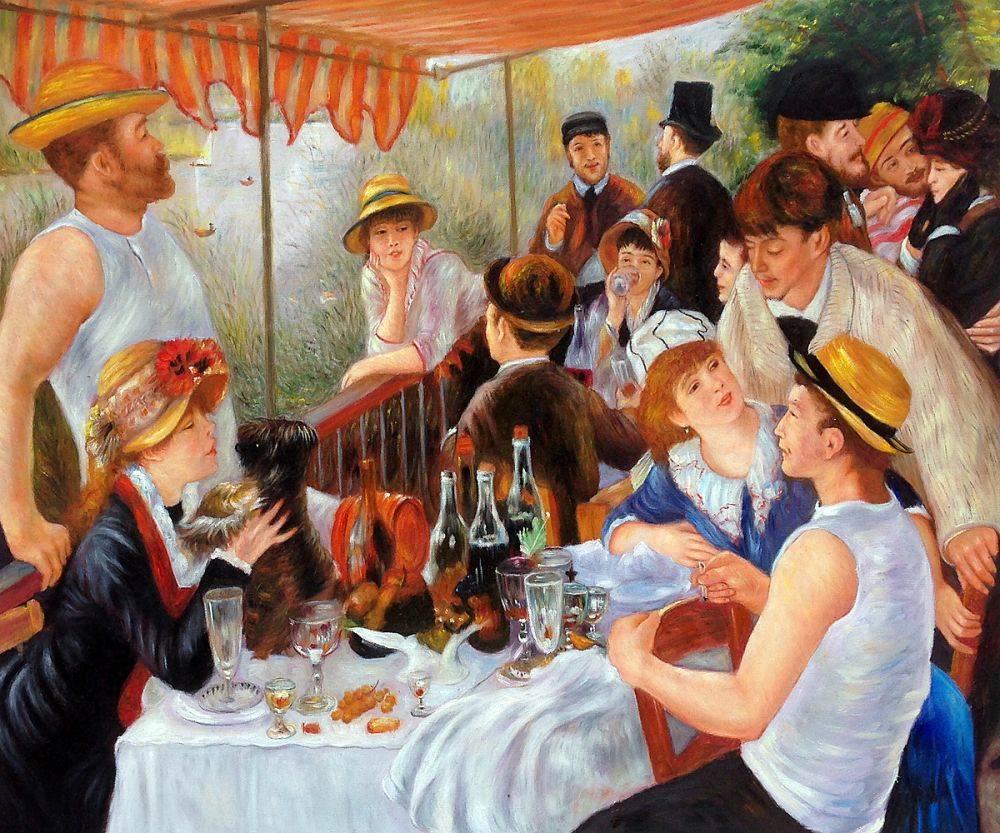Art
Mad Men, Modernism and the Sixties
Now in its fourth season, the hit ad agency drama Mad Men has us going gaga over more than clean typography and innovative plot. Set in the 1960s, the drama focuses on issues not only realistic to the period but also mad modernists and stylish furniture. The 1960s mark Kennedy’s assassination, Martin Luther King Jr.’s civil rights activism, second-wave feminism, and the Vietnam War. However, the decade foretold more than political upheaval—a dynamic change in the art world.
Modernism in the 1960s
From New Realism, Conceptual, Post-Minimalism to the beginnings of Postmodernism, experimental art forms (such as Pop Art) drew greater public attention to artistic expression. Challenged by Pop Art, abstract expressionism underwent an expansion in terms of possibilities artists had available to create art. Such artists as Frank Stella, Willem de Kooning, Mark Rothko, and Jackson Pollock. These innovative artists probably never imagined that four decades later their artwork would star on Mad Men, with some pieces being central to the plot. A Rothko piece seemed to have its own debut character role in season two.
Rothko: “Smudgy squares, huh. Interesting.”
In episode seven of season two, we are introduced to Rothko inside Cooper’s office. See for yourself.
Looking back, we would think that $10,000 is a deal for a Rothko when collector David Rockefeller purchased White Center in 1960 for less than that and sold the painting at Sotheby’s for $72.8 million. This sale still holds the auction record as the highest purchase for a contemporary painting. Was this part of the inspiration for the plot? Maybe.
Regardless of what influenced the plot, Mad Men has certainly inspired modern popular culture. Though Rothko has been a popular choice in the past, those “smudgy squares” of his are seeing an even greater surge of popularity across the world. Television today has an action-packed, sex sales quota to fill every month. An episode with a Rothko as a central “character,” wherein our characters engage in a brief aesthetic conversation about whether art should be decorative (“smudgy squares”) or mean something, do not hurt the general audience to see, especially when done in style. What do you think those “smudgy squares” mean? What was Rothko thinking?
Rothko, in part, was thinking about his children—his works of art. When Jean Kennedy (the President’s younger sister) tried to “take-home” just one or two of those paintings, Rothko refused. To Rothko, art did not mean where something fits in on the wall. Cooper’s Rothko of choice, with a haunting red hue, is meant to do more than fit in. Every person who walks into that office must stop and get lost in it. It’s not about fashion, is it?
Turning the Wheels of Fashion
If you take a look at Don Draper’s office and flip through a few furniture catalogs, you could theorize that it is still about fashion. Ikea released a furniture piece in 2009 (top) by Bauhaus designer Franz Ehrlich. Where functionality meets form, the piece was designed in 1956 and released by its original manufacturer in 1963. Don Draper’s office (bottom) also underwent a charity auction on eBay last August. The public is going mad over the sixties thanks in major part to the drama.
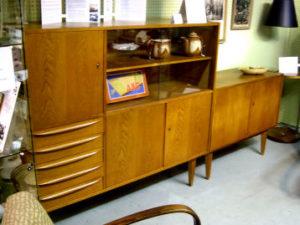
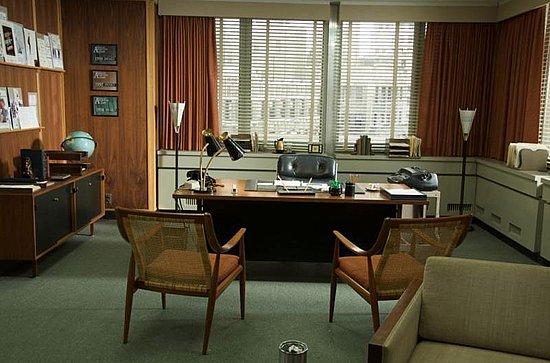
In an age where our culture of consumerism is dealing with equality and freedom in gender, going green, love, and wars on terrorism and genocide, it’s no wonder a sixties drama featuring characters who work in ad agencies has become a hit TV series. Mad Men runs the gamut of popular culture, from issues to style by turning the wheels of fashion and defining art as something more than “smudgy squares.” What do you get out of Mad Men?
